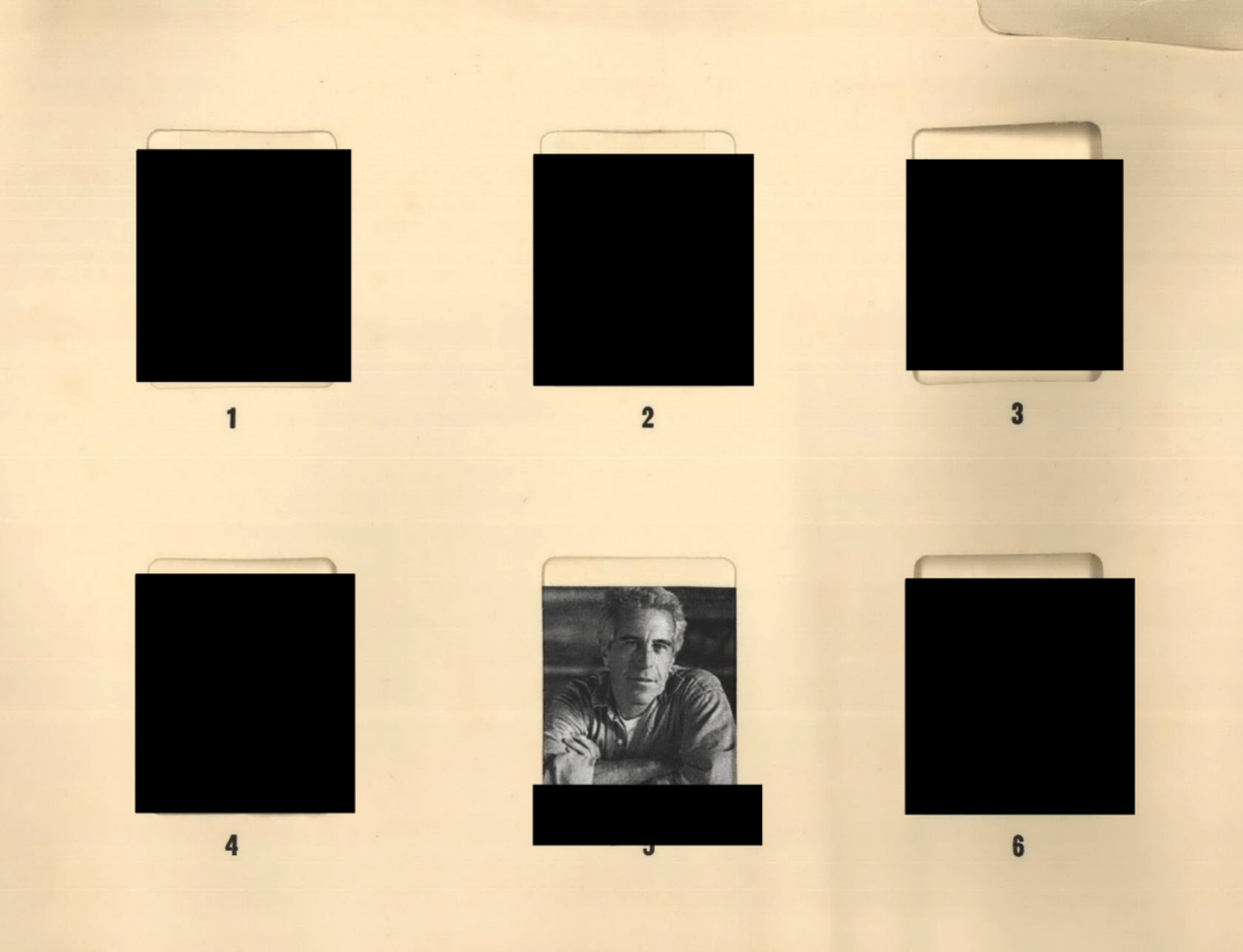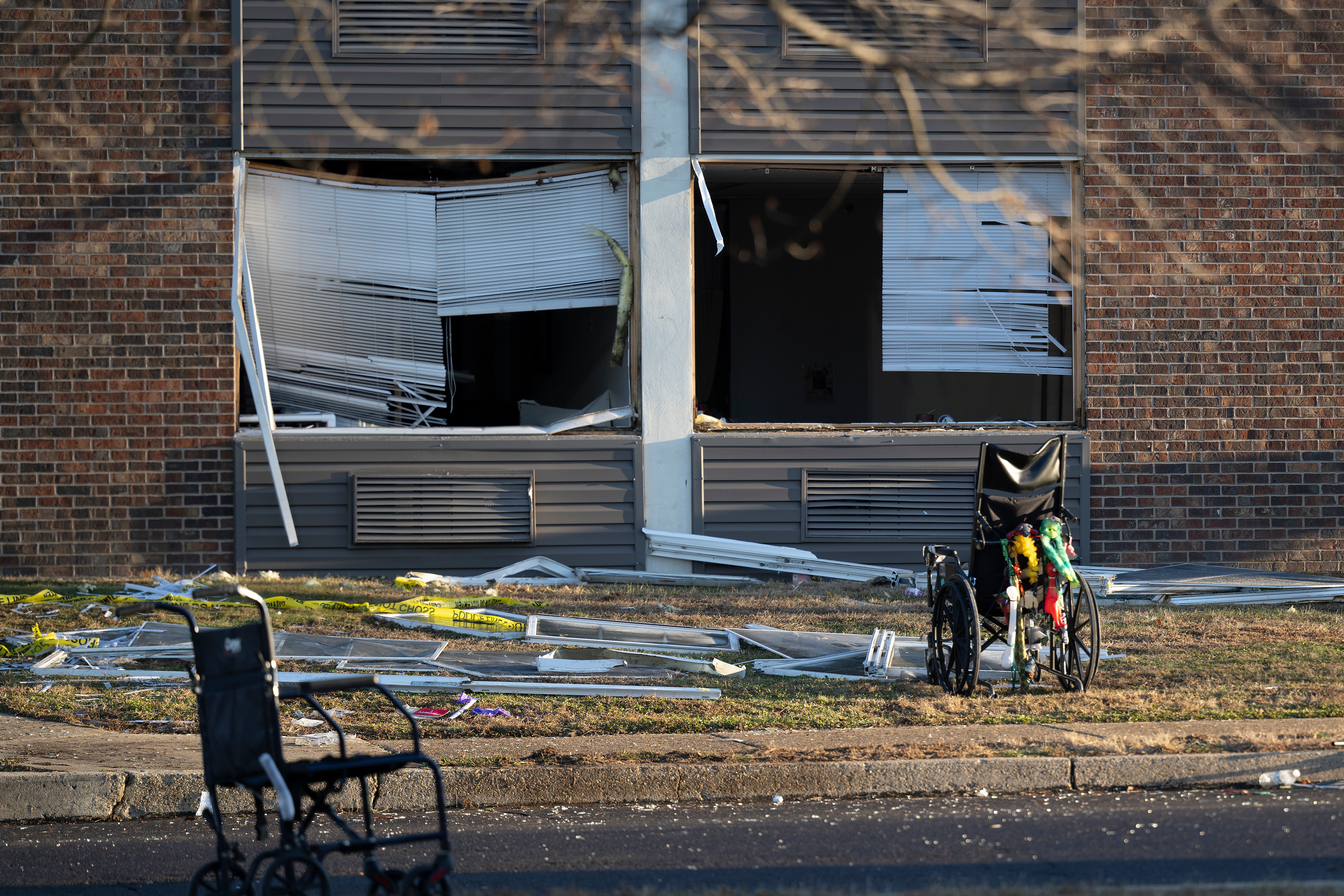The White House Easter Egg Roll is a presidential tradition dating back more than 100 years. But it actually got its start at the other end of Pennsylvania Avenue.
After the Civil War, children rolled eggs on the lawn of the U.S. Capitol every Easter Monday.
But by 1876, Congress was fed up because the festivities ruined the grass. So it passed a law to protect its lawn and keep the egg-rollers away.
Two years later, President Rutherford B. Hayes welcomed families to the first Easter egg roll at the White House.
The festivities have changed over the years. During Grover Cleveland's two presidencies, children were allowed to roll eggs in the East Room — they ruined the carpet in the process.
Benjamin Harrison invited the U.S. Marine Band to play at the 1889 event. It still performs at today's White House Easter Egg Roll.
First lady Lou Hoover didn't like the smell of rotten eggs, so she introduced maypole and folk dances in 1929.
Speaking of rotten eggs, first lady Pat Nixon implemented the first hunt with real eggs. It didn't go well. The Easter Bunny hopped on over to the event in 1969, and spoons from the White House kitchen were added to the egg roll races in 1974.
And wooden eggs signed by the president and first lady have been handed out at every egg roll since the Reagan administration.
On average, around 35,000 people have attended the White House Easter Egg Roll in recent years — though this year's might be a smaller affair.
"I think we're going to have an egg-cellent time," press secretary Sean Spicer said in a White House briefing.




 Everything You Need To Do To Tour The White House
Everything You Need To Do To Tour The White House






